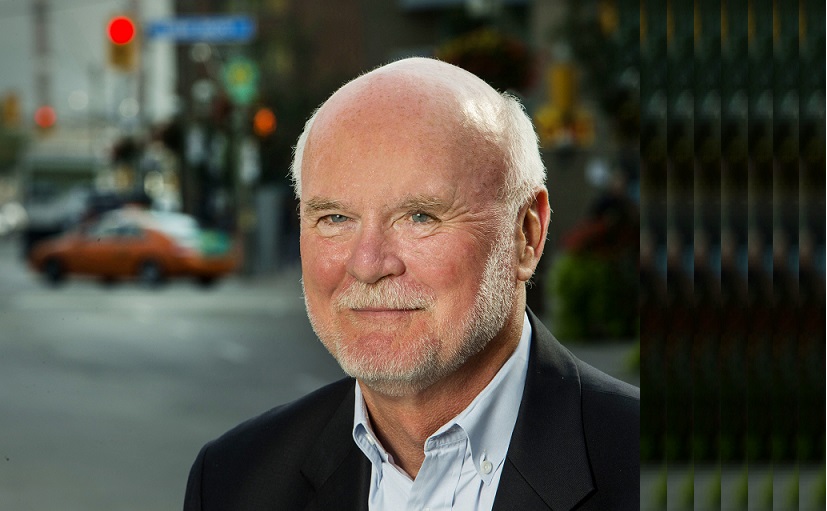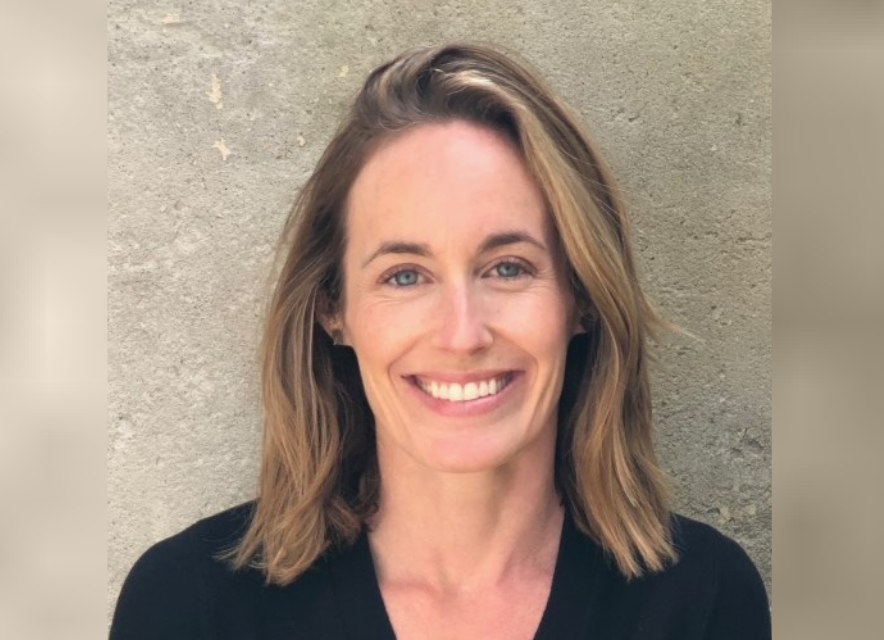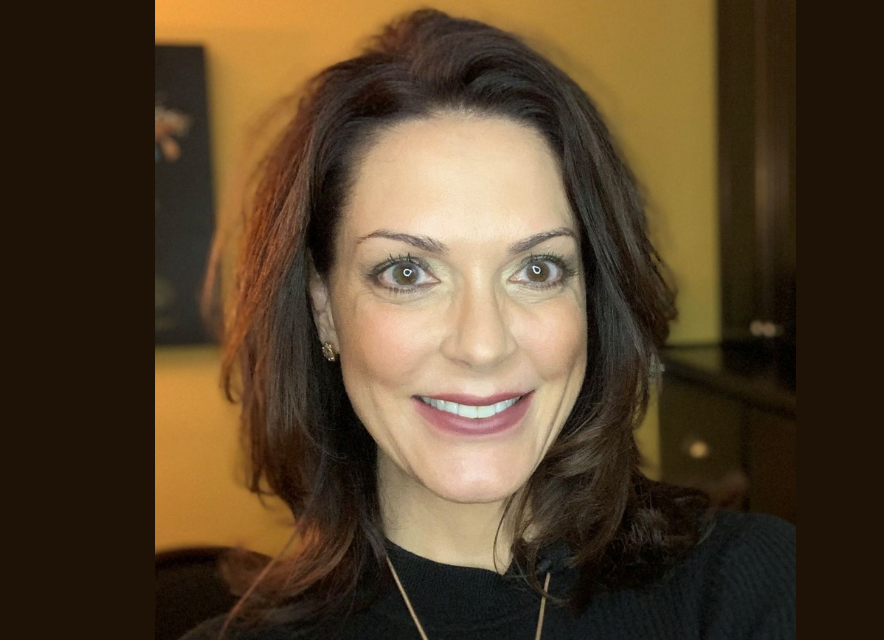Podcast: Play in new window | Download
Subscribe: RSS
George Hartman has worked for over 40 years as an advisor, educator and executive in both the insurance and investment industries. He is now a speaker, coach, and best-selling author of books like EXIT is NOT a Four Letter Word – How to Transition Your Practice Profitably and Proudly. His firm, Market Logics Inc., is dedicated to helping financial organizations and advisors realize the true potential of their business.
Takeaway Quote:
“I want to make sure when someone does provide a referral or an introduction, I’m ready to receive it.”
Show Timeline:
1:38 The biggest impact on referrals in today’s world
How technology is shaping the behavior of both the referrer and prospective client
3:21 The risk and opportunity inherent in this new methodology
What the prospective client will be looking for when they research an advisor
7:11 The importance of having a clear niche in positioning yourself to receive referrals
Presenting information about your firm that is relevant to the right clients
8:24 Putting various digital platforms in their proper place
Website, social media, lead magnets
11:03 A strategy for initiating a relationship once someone arrives at your online platform
Engaging a prospect and gradually building a higher level of trust
13:42 The nature of the information that should be available, in order to be compelling
Examples of how to tailor the information to the needs of your niche
17:37 The myth surrounding online advisory research done by older clients
The similarities and differences between generations of prospects
21:51 Making your online content more shareable
Giving clients the tools and knowledge to pass on your messages
25:22 How to understand and test if your clients are really hearing the intended messages
Implementing a feedback mechanism as part of your daily conversations
31:00 George’s advice for advisors to understand their own referability
Putting yourself in the clients’ shoes
Links:
Website: http://www.marketlogics.ca
LinkedIn: https://www.linkedin.com/in/georgehartman/
Books: Exit is Not a Four Letter Word,
Blunder, Wonder, Thunder
Want more?
Stephen Wershing: www.TheClientDrivenPractice.com/checklistblog
Julie Littlechild: www.absoluteengagement.com/blog
Episode Transcript:
Participants:
Julie Littlechild
Steve Wershing
George Hartman
Julie Littlechild:
Welcome to another episode of Becoming Referable, the podcast that helps you be the kind of advisor people can’t stop talking about. I’m Julie Littlechild, and on this week’s show, Steve and I are speaking with George Hartman. George brings a really unique perspective because he’s been an advisor, an educator, as well as an industry executive. He’s written four best-selling books for financial advisors, and his latest, which is called EXIT is NOT a Four Letter Word – How to Transition Your Practice Profitability and Proudly, came out last year. Today, George is a consultant, a speaker and a coach, with his firm Market Logics, which he describes as being focused on helping both financial organizations and advisors realize the true potential of their business.
I’ve had the pleasure of knowing George for many years and was excited to ask him about his thoughts about how the referral process is changing and what that means for advisors. We talk about the way referrals are made today, and both the pitfalls and the opportunities that these changes create. We focus in on what prospects do when they’re referred to you, the information they find, and the impact that has on the potential that you’ll ever meet. With that, let’s get to the conversation. George, welcome to the show, so glad to have you here.
Steve Wershing:
Welcome, George.
George Hartman:
Hey, this is a real pleasure and an honor, of course.
Julie Littlechild:
Well, the honor’s all ours. We’ve got a lot we wanted to talk to you about today. I know one of the things that we’ve talked about over the years, is just how the whole process of referrals has changed. I’d love to talk to you, and maybe start there, and just ask you, what do you think are some of the most important ways that referrals are changing or being impacted going forward? Start with a big question.
George Hartman:
Yeah, how much time do we have here?
Steve Wershing:
No more than four hours, I promise.
George Hartman:
I think the major influence is clearly technology. In particular, access to information that prospective clients have, and even the people who are going make referrals have. In the old days, if the three of us were connected in some way and Julie decided that she should refer me, for example, to Steve, she might call up Steve and say, “Hey, I’m going to send this guy over to you” or “You should call him.” Or, she might say to me, “You should connect with Steve.” In an ideal world, she’d say, “Let’s the three of us go to lunch.” That’s kind of the old referral process.
Today, what’s more likely to happen is that Julie would say, “You know, George, you should go and check out Steve.” And then I’d go on line and I’d look at his LinkedIn profile, his websites and hopefully find all kinds of information that would encourage me to make a connection with Steve. I think to a certain extent, there’s a disintermediation that’s occurred between the referrer and the person to whom they are referring. I think that’s probably the biggest change.
Julie Littlechild:
That presumably is a risk and an opportunity, if you think about it. I mean, there’s this big gaping hole now between here’s the referral and it ever actually happening. If that’s the case, you mentioned technology, where do you see clients going at that point. I’ve heard that this person is maybe worth chatting to, what happens? Where do I go and what do I find when I get there?
George Hartman:
Yeah, it preconditions us of course, and pre-informs us. The other thing that it does, and Steve has talked about this eloquently many times I know, is it removes some of the risk from the whole equation. One of the fears that people have in making a referral, of course, is that somehow they’re going to impinge on a personal relationship they have with the person whom they’re making the referral. By simply saying, go and check them out, you’re really transferring that risk to the person being referred. They can make their own choices to whether or not they continue on to make contact.







Leave A Comment